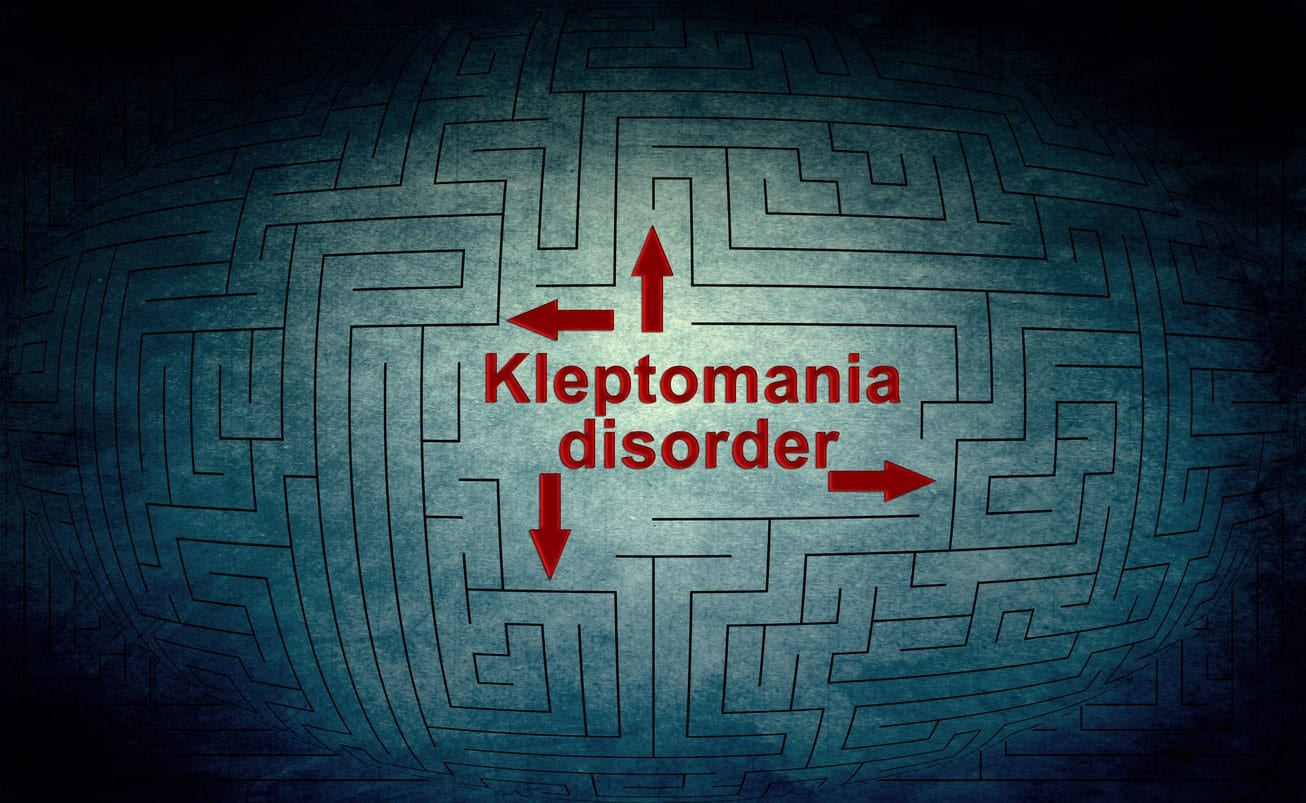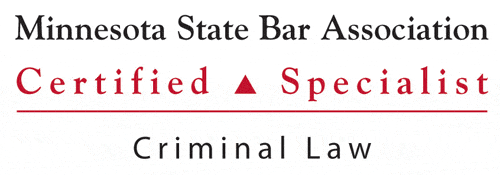
If you are caught shoplifting even one or two items in Minnesota, you could end up in jail.
That’s right. Jail.
Everybody knows about shoplifting. It’s when someone takes something from a retail location without paying for it. In pop culture, it’s something commonly associated with kids and teens acting out and rebelling, and a lot of people do not take it very seriously.
But since shoplifting falls under the category of theft, it is charged like theft. Very easily, you could end up in jail – simply for trying to snag a shirt or a watch from a department store.
Stealing items with a value of less than $500 is a misdemeanor, tied to a sentence of up to 90 days in jail and fines of up to $1,000. If the value is over $500, up to $1,000, you’ll be charged with a gross misdemeanor, which comes with the potential of up to 1 year in jail and fines of up to $3,000.
But if you steal over $1,000 worth of merchandise (if this is your first conviction), you’ll be hit with a felony charge. You could face up to 5 years in prison and fines of up to $10,000. You’d be surprised while pickpocketing a few items how quickly they can add up to $1,000.
Possible Shoplifting Defense Strategies:
A shoplifting conviction is inconvenient, a pain, and just plain embarrassing. Luckily, there are a few different defense strategies you can use to prove your innocence or at least get your charges reduced. Talk to your attorney about using the one that is most appropriate to your case.
Lack of Intent: Every state has their own definition of shoplifting, but most include the intent to permanently deprive property from its rightful owner, whether it be through concealing an item as you walk away with it or changing the labels or price tags put on the item by the retail location. Minnesota is no different. If the prosecution cannot prove that you intended to walk out of the store without paying for the items, they cannot convict you of shoplifting.
Lack of Proof: You are innocent until proven guilty. Even if you have witness testimony against you, you may still be able to walk free. Be sure to talk with your attorney about how to challenge the witness’s stories and find any inconsistencies that would negate their testimony.
Wrong Person: You may have been pressured or tricked into committing theft. You may have also been mistaken for someone else via security cameras or witness testimony. In either case, law enforcement has the wrong defendant. This is when you can bring in your own witnesses and build a case against another person who possibly committed the theft.

Kleptomania/Mental Illness: We may jokingly call someone who tends to have sticky fingers a “klepto,” but in actuality it is a real mental disorder. The first case was diagnosed in the 1800s. Kleptomania is all about impulses. It’s defined as “the recurrent failure to resist urges to steal items that you generally don’t really need and that usually have little value.” It should be taken seriously, especially if actions driven by kleptomania are getting you arrested.
Kleptomania is often linked to depression, or other impulse disorders. If you have been diagnosed with any related mental disorders, or could possibly suffer from a related mental disorder, it is important to talk to your lawyer. Your diagnosis could be extremely helpful. Rather than sentencing you to jail or heavy fines for your actions, your attorney could plead that you are better suited to some form of rehabilitation.
The best way to defend against shoplifting charges is to start crafting your defense strategy as soon as possible. Call a Minnesota criminal defense lawyer today.
About the Author:
Christopher Keyser is a Minneapolis-based criminal and DWI defense attorney known for fighting aggressively for his clients and utilizing innovative tactics to get the most positive results. He has been featured in numerous media outlets due to the breadth and depth of his knowledge, and recognized as a Minnesota Super Lawyers Rising Star (2014–2016), a Top 100 Trial Lawyer (2013–2016), and a Top 40 Under 40 Attorney (2013–2016).





